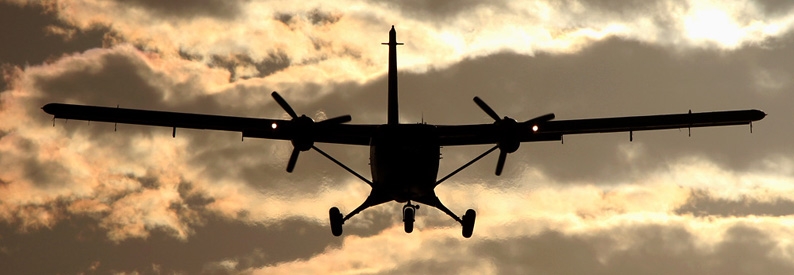Automation and AI Drive Next-Gen Aircraft Manufacturing

The next major leap in aviation efficiency will depend as much on automation, robotics, and artificial intelligence (AI) as it does on propulsion technology, according to leading aerospace executives speaking at the U.S. Chamber of Commerce Global Aerospace Summit. Airbus CEO Guillaume Faury emphasized that achieving future performance goals requires innovation in both advanced materials and manufacturing processes, not just new engines.
Faury said Airbus is targeting a 20% to 25% improvement in fuel efficiency for its next generation of aircraft. While roughly half of that improvement is expected to come from new propulsion systems, the remainder will rely on advances in aerodynamics, lightweight materials, and automated production methods. He noted that digital manufacturing, robotics, and AI-driven design optimization are now central to how Airbus develops and builds airplanes.
“Propulsion is key, but it won’t be enough on its own,” Faury explained. “Automation, composite materials, and data-driven manufacturing will define the next era of aircraft performance.”
Hexcel Corporation CEO Tom Gentile echoed this view, highlighting the growing role of carbon fiber composites in reducing aircraft weight and improving structural strength. He said modern carbon fiber components are up to five times stronger and significantly lighter than aluminum, helping airlines achieve greater fuel efficiency and lower emissions.
Gentile also pointed to breakthroughs in automated fiber placement and additive manufacturing (3D printing), which are streamlining production, improving precision, and reducing waste. These technologies, he said, enable manufacturers to produce more complex structures with fewer parts—enhancing reliability while cutting assembly time.
Both executives agreed that the integration of automation and AI across the aerospace supply chain will be essential to achieving sustainability and cost-efficiency goals. As the industry moves toward the next generation of aircraft, the combination of smart manufacturing and advanced materials is expected to reshape how airplanes are designed, built, and maintained.
Sources: AirGuide Business airguide.info, bing.com
